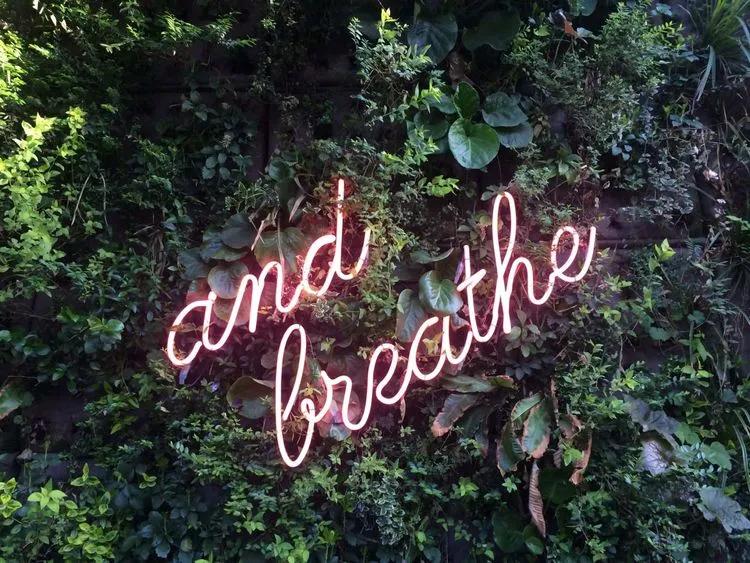 In gardening, vertical gardening has become one of the most popular trends - for indoor or office decoration. Decorating a room in an environmentally friendly style involves the use of various natural materials. A living wall is a natural decoration for both office and residential interiors.
In gardening, vertical gardening has become one of the most popular trends - for indoor or office decoration. Decorating a room in an environmentally friendly style involves the use of various natural materials. A living wall is a natural decoration for both office and residential interiors.
What is a living green wall?
It’s a panel of vertical growing plants that are inserted into a growing medium such as:
- hydroculture felt,
- substitute substrate,
- soil.
A variety of natural elements are used in rooms that are designed in an eco-friendly style. The structures of vertical gardens differ in materials, fastenings, technological features, while maintaining the general principle of vertical orientation, the presence of an irrigation system.
How does it work?
For the decoration of the walls, special designs are used — modular panels that hold growing medium. You can decorate the room with a modest phyto-painting that requires a minimum of maintenance, or with an overall "living" wall that fits perfectly into the interior.
Types of living green walls
 Green walls can be divided according to the type of growth media used:
Green walls can be divided according to the type of growth media used:
- Freestanding media walls — autonomic systems with moisture sensors;
- Loose medium walls — "soil-in-a-bag" type systems;
- Mat systems — based on fiber or felt mats;
- Sheet media walls — systems with polyurethane cells;
- Structural systems.
The most popular green wall system is the sheet media system. It has successfully been used in recent years for both outdoor roof gardens and vertical walls.
What types of plants are used in living green walls?
For a vertical garden, it is better to choose plants with a developed root system that can support the weight of the leaves. The stem should be short or curly. Here is a list of greens that fit these criteria:
- Ampel plants. Their distinctive feature is their rapid growth both in height and in breadth. Alsobia, Bowiea, Clematis, Ceropegia, Cissus, Epipremnum, Spatifilum, Chlorophytum are perfect options.
- Decorative grape varieties. Perfect decoration for the kitchen. Some of them bear fruit, although they are not worth eating, but they are quite suitable for decoration. Riverbank grape, Frost grape, Summer grape, and Catbird grape are the most popular types.
- Small succulents and all types of mosses.
- Edible plants such as watercress or spinach.
One of the factors influencing the choice of plants is the functional purpose of the room and the level of illumination. If the wall is not placed in the lighted room itself, you can make up for this drawback with the help of phyto lamps. If you connect them to a timer, the light will turn in automatically. The backlight must work at least 12 hours a day.
Soil type
Vertical gardening is carried out on the basis of soil and hydroponics. In the first case, the choice of plants is rich, since the main nutrients come from the natural environment. The second option involves the choice of more unpretentious vegetation. Most often, hydroponics is represented by expanded clay and moss.
What are the benefits of green walls?
The living wall can also be used for urban farming, urban gardening, or for its beauty as the “green art”. Indoor green walls can have a therapeutic effect on the effects of vegetation. The aesthetic feel and appearance of green walls are other examples of benefits, but they also affect the indoor climate by reducing CO2 levels, reducing noise levels and reducing air pollution. In urban areas, green walls also provide acoustic protection and reduce noise by absorbing sound.
